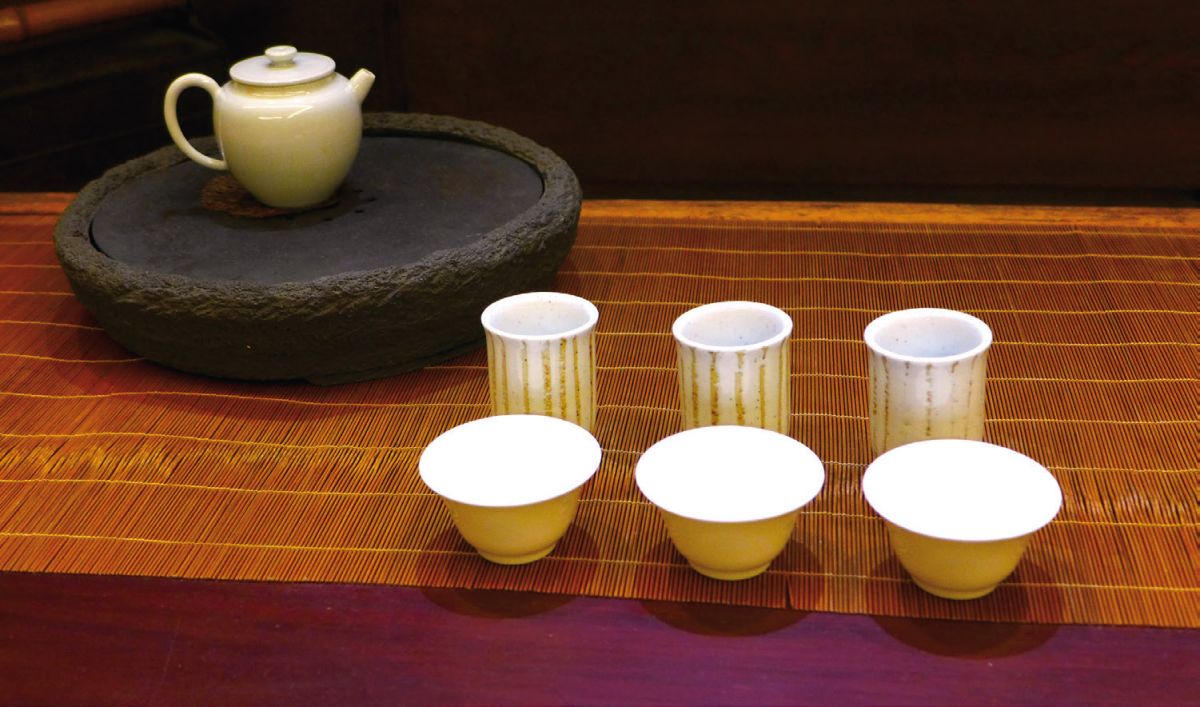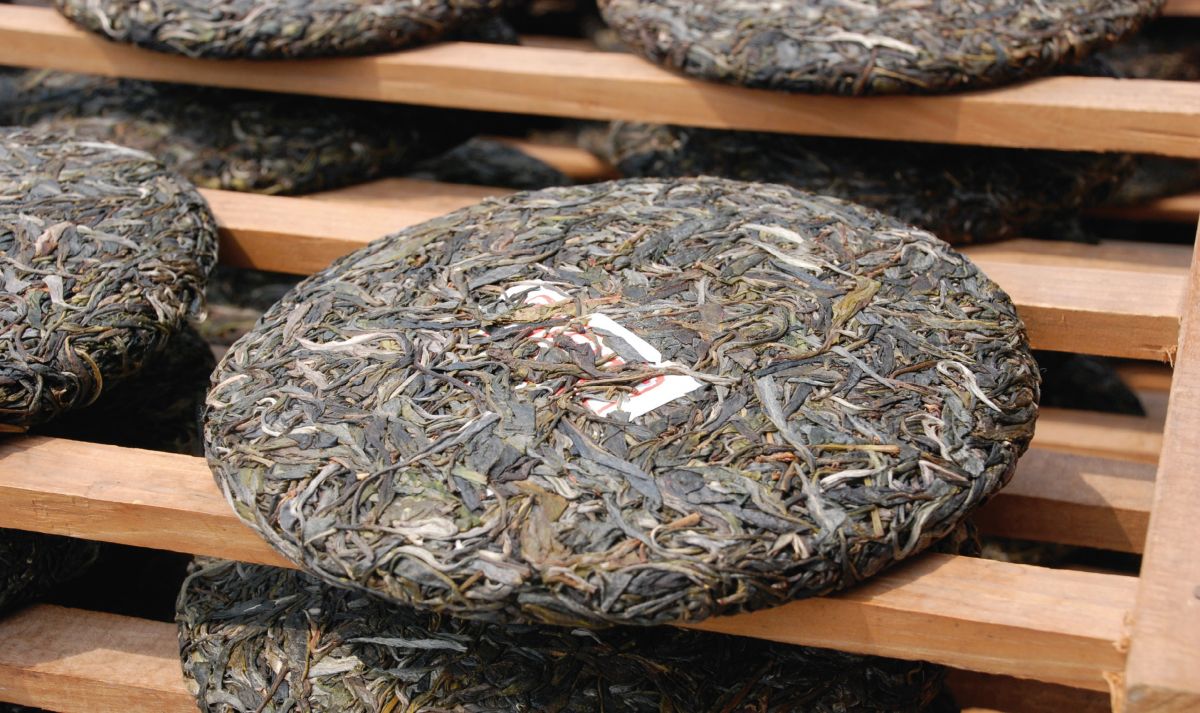The globalization of Chennian and Qingxiang
<p>Studying the globalization of ‘aging’ (<em>chennian</em>陳年) and ‘fresh fragrance’ (<em>qingxiang</em> 清香) allows us to understand how Taiwan has influenced the development or resurgence of Chinese tea art and culture in recent years. How the flavors known as <em>chennian</em> and <em>qingxiang</em> were discovered or created, recognized, and evaluated across Asian markets has been the focus of my research for the past fifteen years. Few Taiwanese knew of Pu’er tea before the 1990s; nonetheless, the fervor for Pu’er emerged in Taiwan, rather than in Hong Kong where this aged tea had been stockpiled for decades. The craze then spread back to Hong Kong, and soon to Guangdong, Yunnan and Northeast Asia.</p>
While Pu’er tea was gaining significance in trade, the high-mountain tea (gaoshancha 高山茶) from the tea plantations in the high mountains of Taiwan (established in the late 1970s), quickly became Taiwan’s most popular tea. Remarkably, the flavor preference and appreciation rituals in Taiwan had a profound influence on other kinds of partially fermented teas. The popularity of Pu’er and high-mountain tea led to the emphasis of two new flavor categories— chennian for the former and qingxiang for the latter.
In fact, chennian was a newly defined taste for Pu’er by Taiwanese tea merchants and experts in the late 20th century. The development of chennian revealed the socio-cultural and historical processes wherein value was allocated and meaning was constructed by the tea merchants, collectors, consumers and the government. Pu’er tea from Yunnan was first introduced to Taiwan in the 1970s through Hong Kong, but this ‘stinky’ tea was not well accepted by Taiwan’s popular tea culture that highly appreciated fragrance. Nonetheless, the sophisticated tea art in contemporary Taiwan, which was advanced by the government to increase domestic tea consumption, facilitated the invention of appreciation rituals and evaluation standards for Pu’er tea. After years of exploratory research in the late 1980s and early 1990s, Taiwan tea merchants and experts established an evaluation scale for Pu’er tea according to the degree of aging; the longer preserved Pu’er tea has better taste and thus has higher value.
In the late 1980s, as the tension between mainland China and Taiwan started to relax, Pu’er tea became better recognized and accepted by the Taiwanese under the ‘China Fever’ (zhongguo re 中國热). The return of Hong Kong to China in 1997 also accelerated the growth of the Pu’er tea market in Taiwan; the Hong Kong tea traders sold off their aged Pu’er tea to Taiwanese merchants because of the uncertain future of Hong Kong’s economy. The Pu’er tea fad was developed in the mid-1990s in Taiwan, and soon spread to the rest of Asia and the world. Today, one aged tea cake can be sold for as high as 100,000 USD. Along the globalization of the Pu’er tea products was the legitimization of chennian as the criterion to evaluate Pu’er and other aged teas. This criterion also had an influence on the fresh teas; for example, big-tree tea (dashu cha 大树茶) of better leaf quality for potential aging is preferred in the market.
Qingxiang (fresh fragrance) has a different story. It has been widely used to describe the fresh aroma of tea in Taiwan both in history and in modern times. However, in the mid-1990s, qingxiang was adopted to describe the unique flavor of high-mountain tea to distinguish this newly invented tea from Oolong tea. This qingxiang flavor partially depends on the special materiality of tea leaves from high altitudes, but mainly is the result of a deliberate manipulation of the manufacture process to create a new tea.
Thus, the life history of qingxiang reveals the co-evolvement of technology to ensure this flavor is consistently produced and well appreciated. For example, a hot-air withering machine was used to counteract the fickle weather in mountain areas and to stabilize the chemical reactions; a new utensil (the sniffing cup) and a new style of tea tasting with double cups (shuangbei pinming 雙杯品茗) were invented to promote this qingxiang flavor. As qingxiang has become a preferred taste in Taiwan, it gradually transformed the flavor, aroma and values of other teas in Taiwan, as well as in Fujian, Yunnan and North Vietnam. Teas now tend to go through reduced fermentation and baking to produce a similar qingxiang flavor. For instance, Anxi County in Fujian started to produce the qingxiang-style variation of Tieguanyin (鐵觀音) called ‘green Tieguanyin’. On the other hand, since high-elevation cultivation is considered the key to achieve the qingxiang flavor, a concept called ‘mountain-top aroma’, similar to the idea of French terroir, which emphasizes the micro-environmental ecology and local flavor of teas, has become the predominant factor in determining the qualities and thus values of high-mountain tea.
Shuenn-Der Yu is Research Fellow at Institute of Ethnology, Academia Sinica (yusd5644@gate.sinica.edu.tw)

